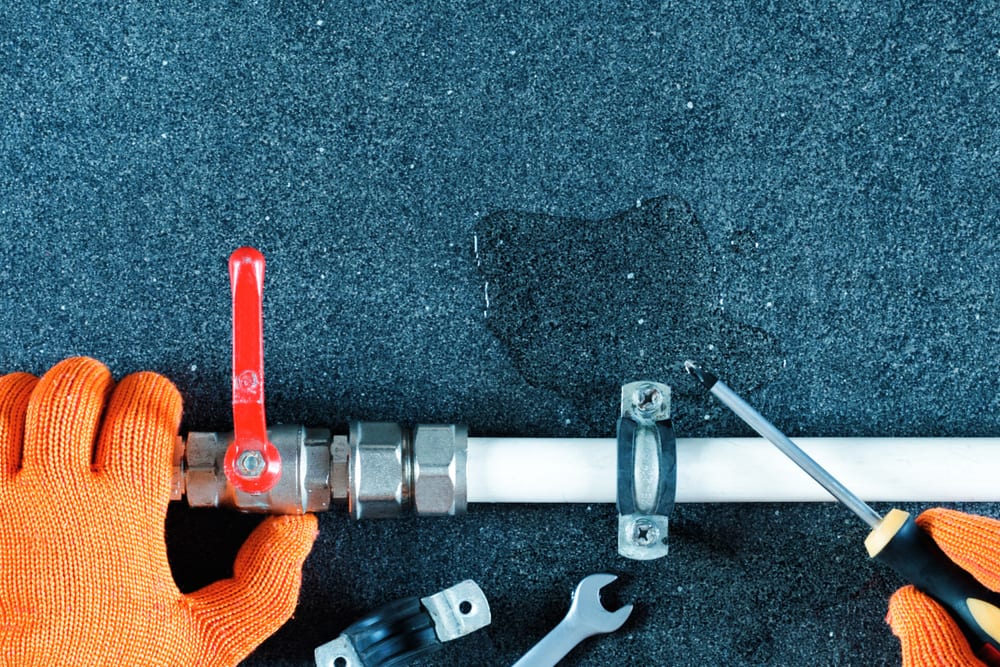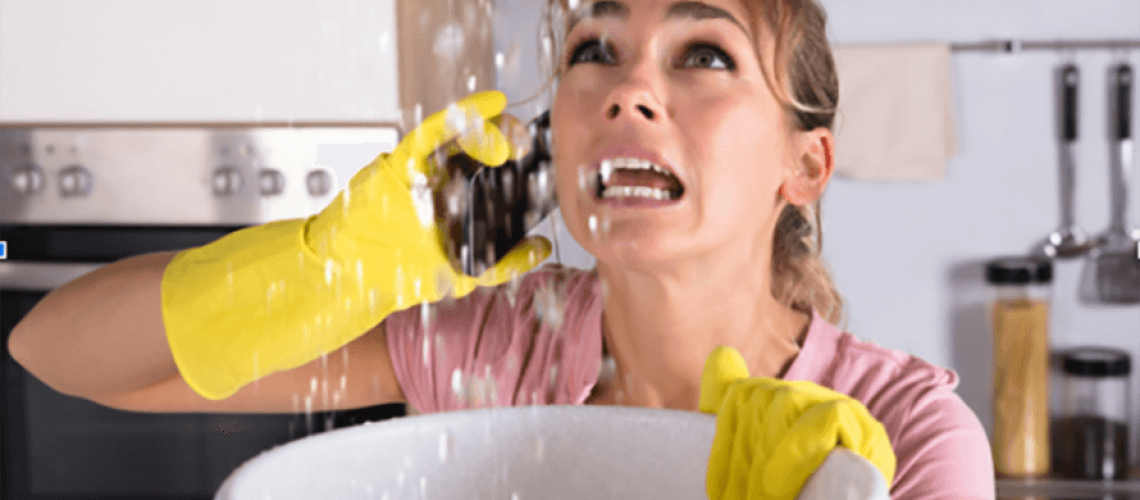Reveal Concealed Water Line Leaks: Six Effective Finding Methods
Reveal Concealed Water Line Leaks: Six Effective Finding Methods
Blog Article
In this article down the page you will discover more professional additional info concerning Locating water leaks.

Early detection of dripping water lines can minimize a prospective calamity. Besides conserving you cash, it will minimize the worry and irritation. The minute you find a leakage, calling your plumber for repairs is the very best option. Some small water leakages might not be noticeable. If you can not spot it with your nude eyes, below are some hacks that help.
1. Examine the Water Meter
Every house has a water meter. Inspecting it is a guaranteed manner in which aids you uncover leaks. For starters, turn off all the water sources. Ensure nobody will flush, use the faucet, shower, run the washing device or dishwashing machine. From there, go to the meter as well as watch if it will alter. Because no person is using it, there need to be no movements. If it relocates, that indicates a fast-moving leakage. Furthermore, if you spot no changes, wait an hour or two and inspect back once more. This suggests you may have a slow leak that could even be underground.
2. Check Water Consumption
Evaluate your water bills and track your water consumption. As the one paying it, you should see if there are any kind of disparities. If you detect sudden changes, despite your usage being the same, it suggests that you have leakages in your plumbing system. Remember, your water bill need to drop under the same array on a monthly basis. An abrupt spike in your expense indicates a fast-moving leakage.
On the other hand, a stable rise each month, even with the very same practices, shows you have a slow-moving leakage that's also gradually escalating. Call a plumber to extensively check your residential or commercial property, specifically if you really feel a warm area on your flooring with piping beneath.
3. Do a Food Coloring Test
When it comes to water usage, 30% comes from bathrooms. If the color in some way infiltrates your dish throughout that time without flushing, there's a leak between the container and also bowl.
4. Asses Exterior Lines
Do not neglect to examine your exterior water lines too. Test faucets by affixing a garden pipe. Needs to water seep out of the link, you have a loose rubber gasket. Replace this and also ensure all connections are limited. If you have actually got a lawn sprinkler, it will certainly help get it expertly checked out and preserved each year. One tiny leak can squander tons of water and spike your water expense.
5. Check as well as Analyze the Situation
Home owners need to make it a behavior to examine under the sink counters and also also inside closets for any type of bad odor or mold growth. These two warnings suggest a leak so prompt interest is required. Doing routine inspections, also bi-annually, can conserve you from a major problem.
Inspect for discolorations as well as damaging as many pipelines as well as devices have a life expectancy. If you presume dripping water lines in your plumbing system, don't wait for it to rise.
Early detection of dripping water lines can alleviate a prospective calamity. Some small water leaks might not be visible. Inspecting it is a surefire method that aids you find leakages. One small leakage can waste lots of water and surge your water costs.
If you think dripping water lines in your plumbing system, do not wait for it to escalate.
WARNING SIGNS OF WATER LEAKAGE BEHIND THE WALL
PERSISTENT MUSTY ODORS
As water slowly drips from a leaky pipe inside the wall, flooring and sheetrock stay damp and develop an odor similar to wet cardboard. It generates a musty smell that can help you find hidden leaks.
MOLD IN UNUSUAL AREAS
Mold usually grows in wet areas like kitchens, baths and laundry rooms. If you spot the stuff on walls or baseboards in other rooms of the house, it’s a good indicator of undetected water leaks.
STAINS THAT GROW
When mold thrives around a leaky pipe, it sometimes takes hold on the inside surface of the affected wall. A growing stain on otherwise clean sheetrock is often your sign of a hidden plumbing problem.
PEELING OR BUBBLING WALLPAPER / PAINT
This clue is easy to miss in rooms that don’t get much use. When you see wallpaper separating along seams or paint bubbling or flaking off the wall, blame sheetrock that stays wet because of an undetected leak.
BUCKLED CEILINGS AND STAINED FLOORS
If ceilings or floors in bathrooms, kitchens or laundry areas develop structural problems, don’t rule out constant damp inside the walls. Wet sheetrock can affect adjacent framing, flooring and ceilings.
https://www.servicemasterbyzaba.com/blog/how-to-detect-water-leakage-in-walls/

I discovered that article about Hacks to detect leaks when doing a lookup on the web. Don't hesitate to take the time to distribute this write-up if you enjoyed reading it. We treasure reading our article about Top leak detection hacks.
Schedule Services Report this page